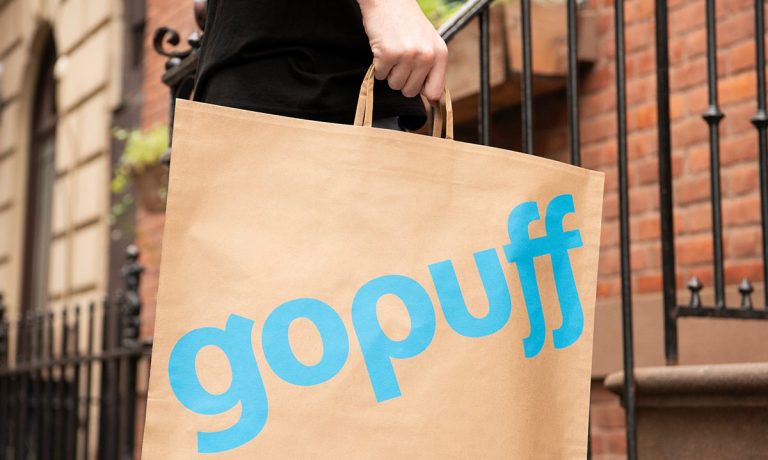As merchants look to target their offerings to consumers’ unique needs and preferences, Gopuff is tapping personalized ads to drive additional revenue.
In an interview with PYMNTS following the company’s recent launch of its new in-house ads platform, Daniel Folkman, SVP of business at the on-demand delivery company, noted that, for these efforts to be successful, the ads must anticipate consumers’ needs.
“It’s all about being a step ahead of the consumer. For example, if it’s football Sunday and a consumer adds tortilla chips to their cart, we want to leverage ads to immediately surface a complementary product like salsa. … It’s all about relevance and making ads feel more like engaging content. Consumers want personalized ads. They just want them to be additive to their experience.”
Additionally, he cited the example of using weather data to advertise hydrating sports drinks during heat waves.
Consumers want individualized messaging but are often disappointed by what they receive. PYMNTS Intelligence’s report “Personalized Offers Are Powerful — But Too Often Off-Base,” which draws from a census-balanced survey of more than 2,500 U.S. consumers, finds that 83% of consumers are interested receiving personalized offers, and that share jumps up to 89% for millennials. However, only 44% of consumers who received tailored offers say the ones they have gotten were very relevant to their needs.
Folkman argued that advertisers see a flywheel effect with these personalized ads, where each time they run a campaign, they learn more about how customers respond and can become more accurate going forward.
Advertisement: Scroll to Continue
“Time and time again, we see that the more a brand leans in, the stronger and more actionable insights they get,” Folkman said.
Across the on-demand delivery industry, key players are targeting advertisers’ spending with their retail media businesses, stepping up their offerings to capture this lucrative opportunity.
Out With the Old
Millennials’ disproportionate interest in personalization is key for on-demand delivery companies, given that these consumers make up much of their audience.
“Gopuff has a stronghold on an extremely coveted demographic: Gen Z and Millennial shoppers,” Folkman said.
The data confirm that young consumers tend to opt for on-demand delivery more than their older counterparts. The study “How the World Does Digital,” for which PYMNTS Intelligence surveyed more than 67,000 consumers across 11 countries, revealed that 40% of Gen Z consumers order from aggregators weekly, compared to less than 9% of baby boomers.
The Road Ahead
Moving forward, Folkman highlighted two key areas of future exploration for the company. First, Gopuff is enhancing its role in brand research and development.
“As an example, one of our partners is interested in testing a new flavor for their confectionary brand,” Folkman said, noting that, instead of jumping into a nationwide launch, the company is selling approximately 40,000 units on Gopuff to “gain real-time insights” before moving forward.
Additionally, Folkman emphasized Gopuff’s focus on expanding its private-label offerings, which already constitute nearly 20% of orders. The move comes as consumer turn to store brands to meet their need for more affordable product options amid ongoing economic challenges.
Looking ahead, he said, “I believe value, speed and assortment will remain top-of-mind. Consumers will only continue to expect faster deliveries and continue to turn to online ordering for their daily needs.”




